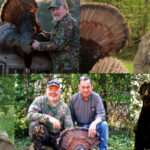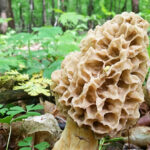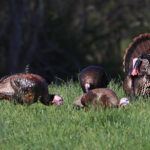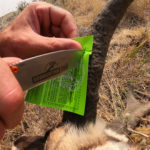Calling is a tactic that is either loved or hated by most modern deer hunters. It either works a lot for them, or it rarely does. There isn’t much in-between. But I’m in-between. There are certain times that I will call to deer. But more times than not, I won’t. Either way, here are 13 deer calling mistakes hunters make.
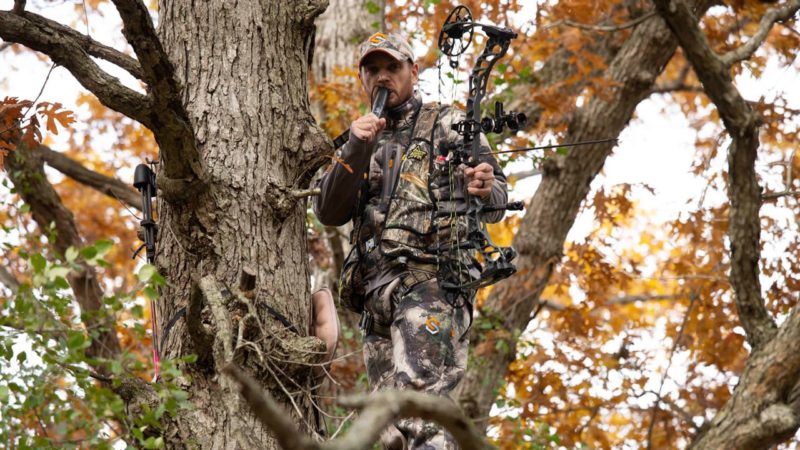
- Calling During the Early Season
I’m not a big advocate of calling during the early season. In fact, I don’t really like to call except for the last two weeks of October and the first week or so of November. That’s when you’ll likely see the best results with calling. Outside of that, if you do choose to call, don’t be too aggressive unless you realize the situation calls for it. Instead, use subtle social grunts.
- Calling to Very Local Bucks
I’m less inclined to call if I know that buck is living in that area, there isn’t much risk of the deer leaving, and the rut is still a ways out. Why call to a pressured deer when there’s still time to use a lower-risk tactic?
- Calling to Subordinate Bucks
Every deer has its own personality. And if a deer is timid or anti-social, calling with likely send it running (the other way). That’s why scouting is essential and getting to know the personalities of the bucks you pursue is crucial. Obviously, you can’t always do that, though. So, reading the deer’s body language becomes extremely important before you make the decision to implement a calling strategy. You can learn a lot about a deer in a short time when observing them in the field.
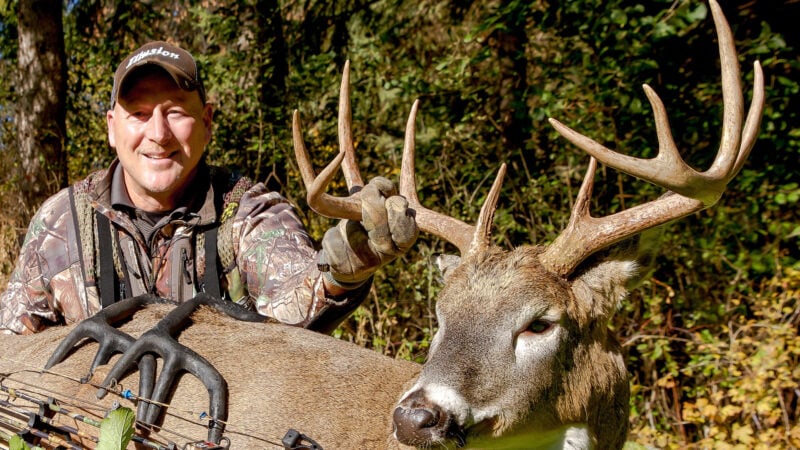
- Calling to Downwind (Or Soon-to-Be Downwind) Bucks
Generally, deer that are called to try to circle downwind — especially pressured deer. If the terrain allows them to do so, and there’s a high probability they’ll circle downwind before coming into range, calling can do more harm than good. Keep that in mind when setting up stand locations if you’re the type who likes to deploy the grunt tubes each fall.
- Calling to Pressured Deer
If I’m hunting in an area where I know the deer are pressured, I’m much less likely to call to them. And in most cases, I’m not blind calling. Those who hunt deer that see more hunters have heard calls. And they aren’t as likely to respond to them.
- Losing Focus
Deer hunting is a time of relaxation for a lot of hunters. They’re at peace in the deer woods, making it easy to drift off and lose focus. Do that at the wrong time and miss a window of opportunity to call to deer.
- Failing to Call Deer Based on Body Language, Tendencies, and Personality
Every deer has its own personality. They have different food preferences, behavioral traits, etc. Altering your hunt plans to these personality specifics is a necessity but can be easy to forget to do.
- Following Old Habits
Over time, experienced hunters fall into old habits. They find certain things that work for some of the deer they kill and, sometimes, expect them to work for other deer, too. Sometimes it does. But oftentimes it doesn’t.
- Close-Mindedness Toward New Calling Tactics
Those that have been around the woodlot a time or two might not be as open-minded toward new calling tactics as they used to be. That’s a mistake. Don’t be close-minded. Old dogs can and should learn new tricks.
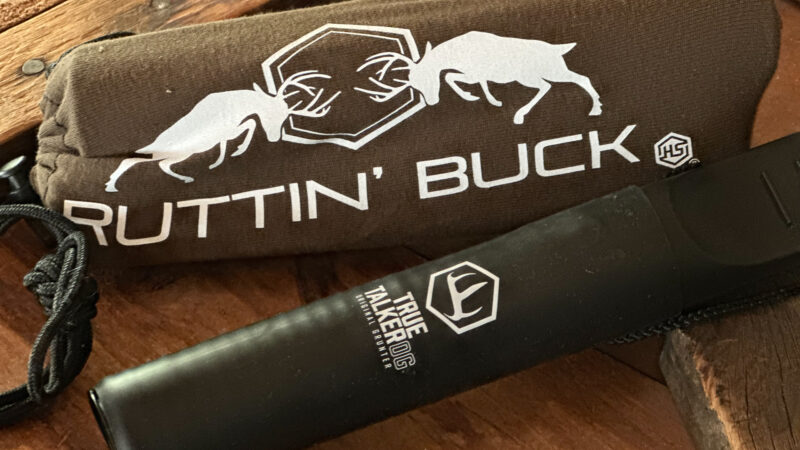
- Overthinking Things
It’s easy to overanalyze things. Sometimes it really is simple. When analyzing a situation, look at both the small and big pictures. Don’t overthink. Just call to the deer.
- Forgetting to Expect the Unexpected
It can be easy to lose sight of the fact that when it comes down to it, no matter how much deer hunting know-how we accrue, we still don’t have a clue. Oftentimes there is no rhyme or reasons as to why a deer does what it does. It just does it. We must remember to expect the unexpected and react accordingly.
- Call Equipment Failures
Call malfunctions can end a hunt in a hurry. For the most part, this is out of the hunter’s control. However, routine maintenance work will prevent most equipment failures.
- Miscalculating Calling Decisions
First off, even experienced hunters occasionally make bad calls on calling. Unfortunately, that’s just part of hunting. Because of this, it’s important to take all the available information to decide when, where, and how to call. Every situation is different, but it’s best to be more reserved.
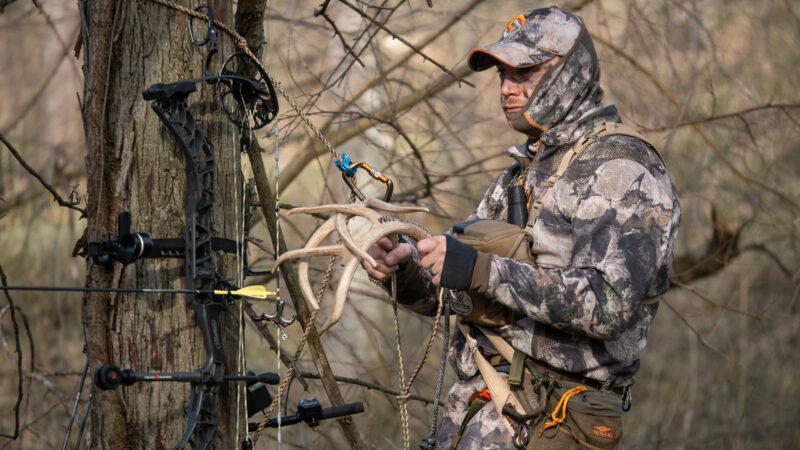
Times to Call
All said, there are times I almost always call to deer. It’s not like the tactic doesn’t work, because it does. It’s just important to read each given situation and scenario and know whether you should use it or not. Here are times that I do:
- When a deer is walking away from me
- During the latter portions of the pre-rut
- During the rut
- When hunting less-pressured deer
- If the deer is known or seems to be aggressive
- When the terrain prevents deer from circling downwind
- If I don’t recognize the buck and think it might never return
Those are the key times I use calls the most. It does work. And it can mean the difference between filling and not filling a tag — both ways. It can be the cause for it or the reason you don’t. Just be prepared going into the hunt and use your head when make the decision to call or not.
Other Ways to “Call” Deer In
Don’t want to use calling and vocalizations to grab a deer’s attention? There are other ways to do so. For those unwilling to use calls, consider the following (regulations permitting).
- Creating mock scrapes
- Hunting existing scrapes
- Planting micro kill plots
- Creating staging areas
- Putting out some bait
- Using a deer decoy
All things considered, calling works, and it should be implemented. But make sure you don’t make common mistakes, and fully understand the vocal and non-vocal tendencies of deer before using the tactic.
For more on the sounds deer make, check out this article:

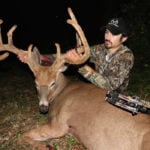 By
By 